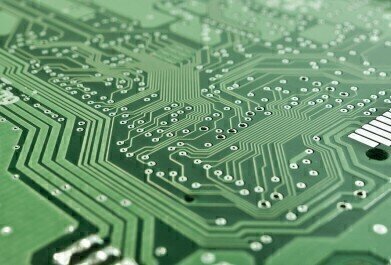Microscopy & microtechniques
What Is 'Cancer on a Chip'?
Nov 13 2021
At present, there are over 200 different kinds of cancer known to man. Although research into these deadly diseases has been ongoing for decades and costs hundreds of billions of pounds every year, there is still much we do not know about cancer. Its ability to mutate, evolve and react differently in different hosts makes understanding its behaviour – and how to overcome it – highly challenging.
Until now, cancer research invariably involved clinical trials. At the early stages of drug development, these would generally involve animals, with mice the most common option, before research moved onto human trials. Not only is this invasive and morally dubious, but it is incredibly expensive and returns a disappointingly low success rate. However, scientists are now investigating a new method of cancer research that could revolutionise the industry.
Mimicking the human body
Instead of using live tissue as in previous studies, scientists are investigating the possibility of building microchip devices which mimic the physiology and the functions of the human body. This allows them to then expose the chip to cancerous cells and witness how they behave in real time, thus earning the technology the moniker ‘cancer on a chip’.
Of course, the human body is an extremely complex organism and transferring all of its various workings onto a computer chip no bigger than a 50p piece would be a challenge too far. Instead, the researchers focus on a specific cancer at a time and recreate the main components of the organs most affected by it. For example, investigations into colorectal cancer focus on fashioning a 3D structure that resembles the inner workings of the gut.
A host of advantages
Although the technology is still in its infancy, it could be absolutely transformative for the industry. For starters, it could make animal trials obsolete, thus meaning that animal rights issues would be overcome in a single stroke. It would also be far more cost-effective than maintaining trials with living beings, since the expenses involved in the human aspect in particular would be significantly diminished.
What’s more, there is real hope that the research would be more accurate and advantageous than that which preceded it. That’s because biopsy of animals or humans in the past would only reveal a single snapshot of the tumour's growth, whereas the chip would allow scientists to study its behaviour in an ongoing capacity.
Personalised plans
Finally, perhaps the biggest benefit of cancer on a chip research is how it could be adapted to mirror an individual’s pathophysiology. There have already been significant developments in this field, in which T cells are genetically engineered to allow for chimeric antigen receptor (CAT) development to treat one or more different tumours.
The ramifications of this breakthrough, should it come to pass, would be incredible. By populating the microchip with a person’s tumour tissue, immune cells and bacteria, the research can accommodate the heterogeneity (or biological differences) between people and thus facilitate the creation of personalised treatment plans that are more likely to succeed. That, in itself, would be ground-breaking.
Digital Edition
Lab Asia Dec 2025
December 2025
Chromatography Articles- Cutting-edge sample preparation tools help laboratories to stay ahead of the curveMass Spectrometry & Spectroscopy Articles- Unlocking the complexity of metabolomics: Pushi...
View all digital editions
Events
Jan 21 2026 Tokyo, Japan
Jan 28 2026 Tokyo, Japan
Jan 29 2026 New Delhi, India
Feb 07 2026 Boston, MA, USA
Asia Pharma Expo/Asia Lab Expo
Feb 12 2026 Dhaka, Bangladesh

.jpg)
-(2).jpg)
















